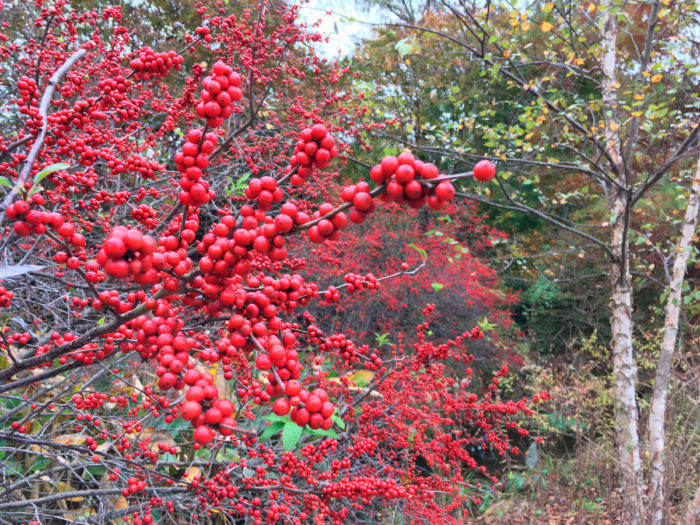
As we Mid-Atlantic gardeners continue to clean up leaves, plant the rest of our spring bulbs before the ground freezes, and employ strategies to deter deer, we can tackle a few additional tasks as gardening gradually slows down for winter.
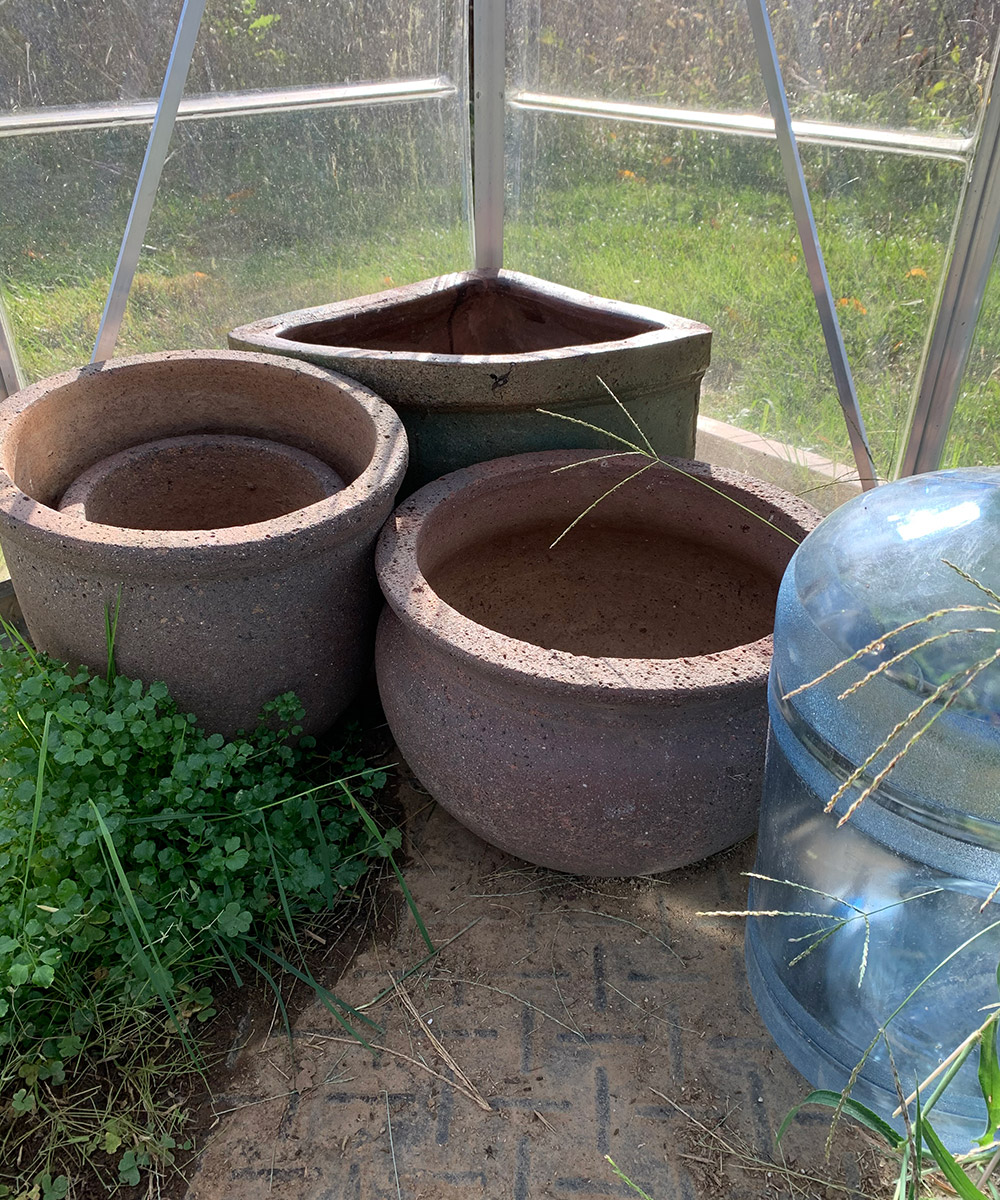
Winterize your containers. Many stone and glazed pots are porous and therefore able to hold moisture. Freezing temperatures can cause the water trapped in pots to freeze and expand, possibly cracking the pots themselves. The best way to keep pots intact is to move them to a shed or garage where moisture will not affect them as drastically as leaving them out in the elements. If the pots are too big to move, remove the potting mix and cover the top of the pots to prevent water from collecting and freezing. Learn about different crack-resistant container materials here.
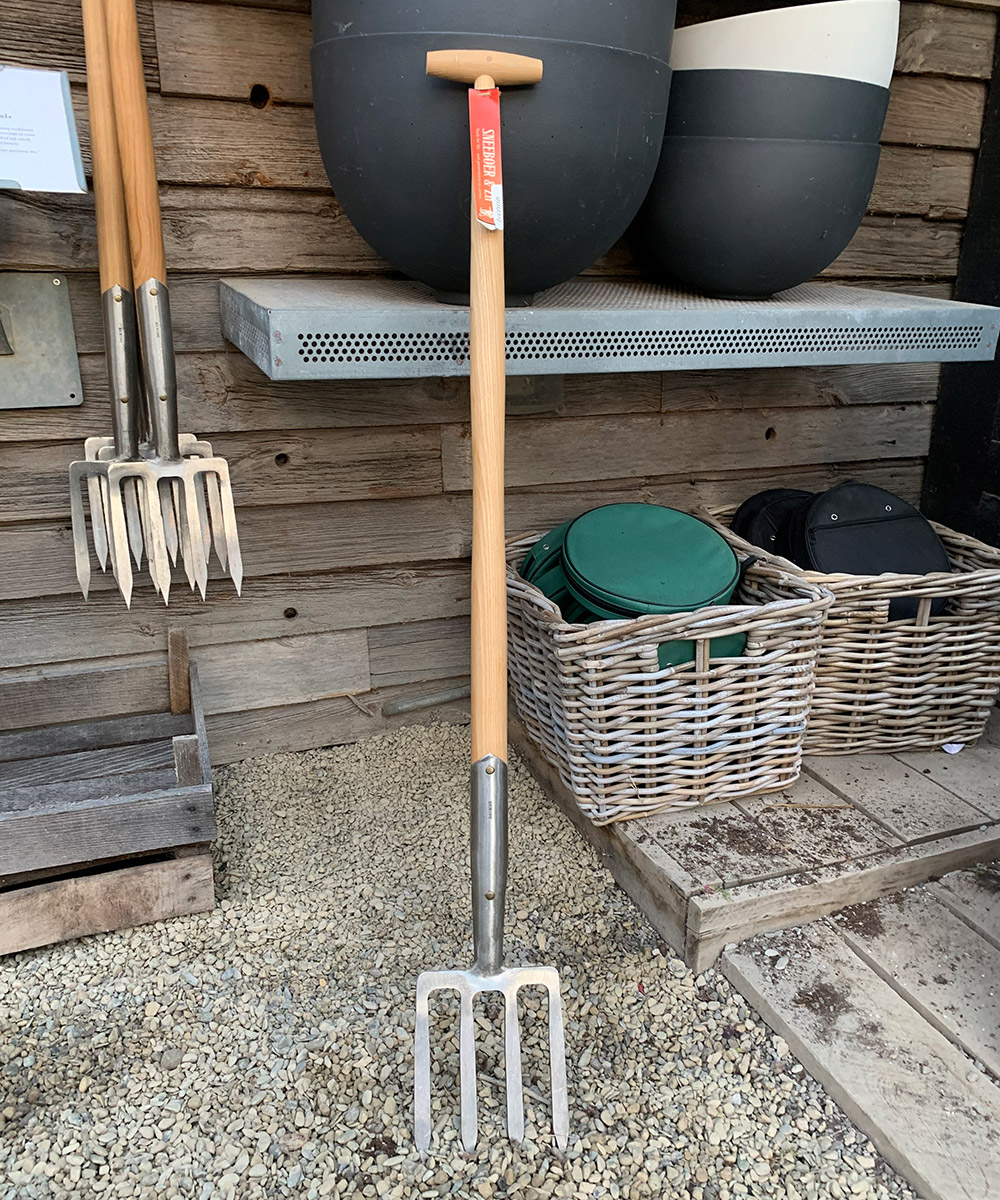
Treat yourself to those tools you have your eye on. You worked hard this year, so get yourself those new tools you have been wanting, whether it is something unusual and expensive that you have been longing for or just a new pair of Felco pruners. Take an inventory of your tools and see what’s not there but could be useful to you. Buy something that you will love to use as soon as spring comes. Need some inspiration? Read on here:

Feed the birds. Trees, shrubs, and perennials still provide some food for our feathered friends during December, but their supply will dwindle as winter continues. So pull out your feeders and fill them to keep the birds happily fed throughout the winter. If you are feeling creative and want a project for December, you can make your own feeder. There are so many ideas, ranging from simply gluing a teacup to a saucer to ornate handcrafted feeders constructed from wood.
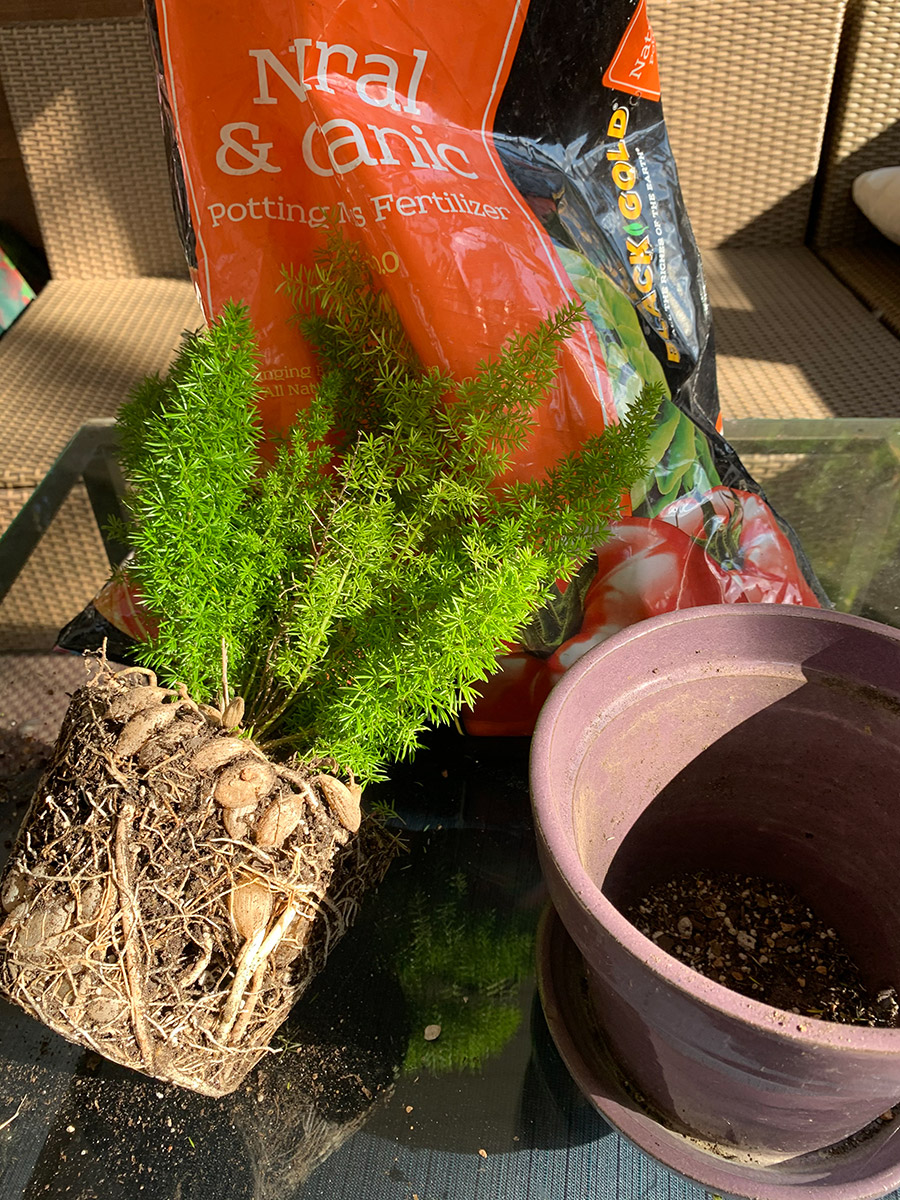
Repot your houseplants that have just come indoors. If you are like me, you take your houseplants out to the porch for the summer where they can thrive during the season. However, by now those plants are back in the house and probably need to be repotted. There are a couple of reasons to repot your houseplants at the end of the season. First, they may now need a bigger pot after growing outside. Repotting will prevent the plants from becoming pot-bound and provide more space for the roots to grow. Second, repotting the plants enables you to scout for pests that tend to lurk in the soil and on the plant. Once inside the house, they become very noticeable. Removing as much as the old soil as possible and replacing it with new soil will help keep the pests to a minimum. While repotting the plants, be sure to scout for insects on the foliage. Treat the plants with an organic soap or oil if pests are present.
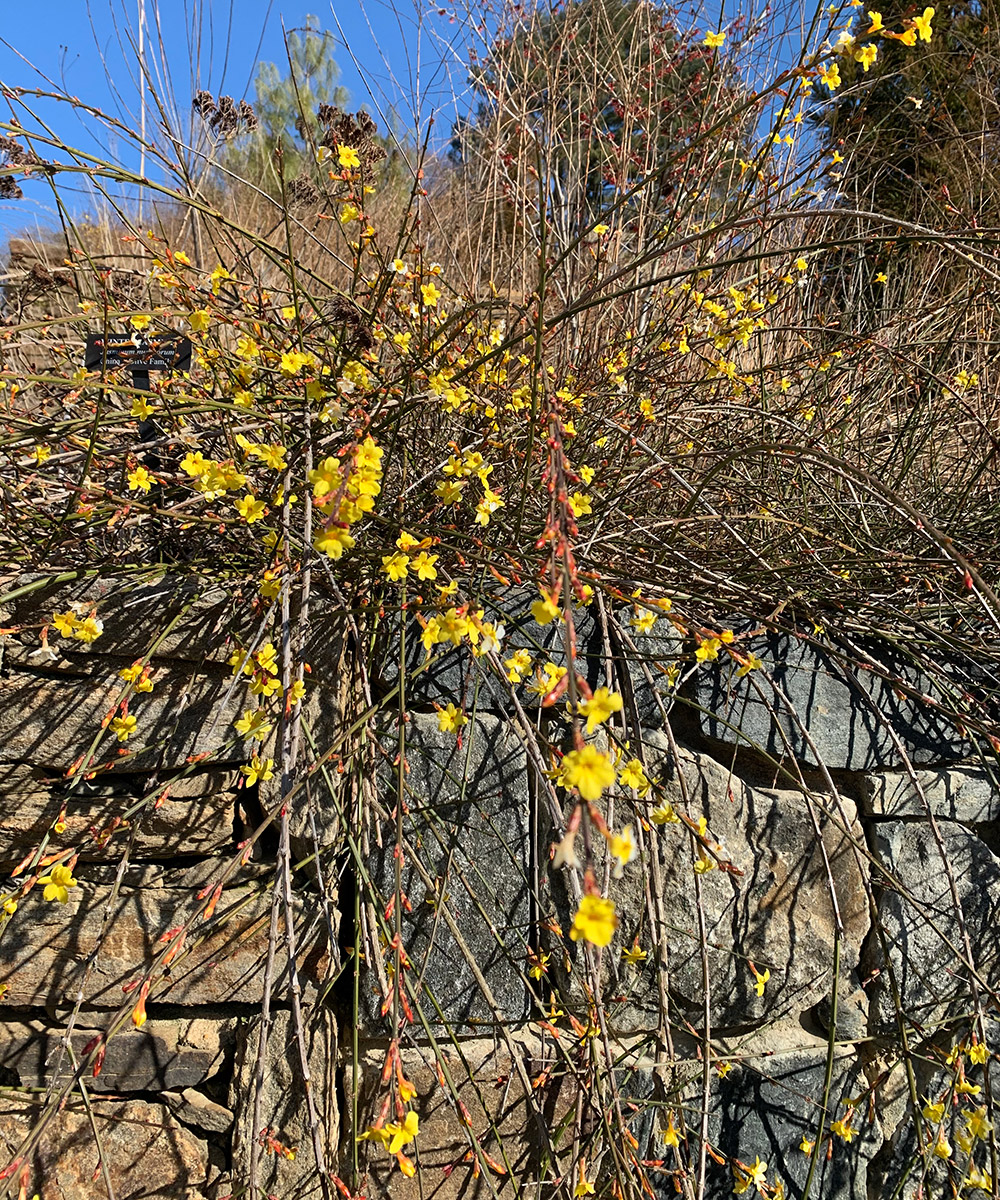
Start a winter interest wish list. As the garden goes dormant, you will see areas where winter interest plants are needed to add a focal point during an otherwise bleak time of year. As you notice your garden through the winter, maybe you’ll find that a ‘Jelena’ witch hazel (Hamamelis x intermedia ‘Jelena’, Zones 5–8) would look good in a corner of the garden or that a bare wall will benefit from a winter jasmine (Jasminum nudiflorum, Zones 6–9) spilling over it. Other plants that stand out as snow is on the ground are two striking winter blooming bulbs: winter aconites (Eranthis hyemalis, Zones 3–7) and snowdrops (Galanthus spp. and cvs., Zones 3–8). As in any other season, in winter we tend to immediately want plants that look fabulous in that moment. Winter is a little tricky in the Mid-Atlantic because planting is usually not possible and plant availability is limited. Beginning a list of plants now that can be purchased in the spring will help you remember what you want to see throughout your garden in the winter. Need ideas? Here are some great plant picks:
- Regional Picks: Plants for the Winter to Spring Transition
- Plants With Great Bones Provide Winter Interest
- Plants and Designs for Winter Interest
—Michele Christiano has worked in public gardens for most of her career. She currently works as an estate gardener maintaining a Piet Oudolf garden.


















Comments
Log in or create an account to post a comment.
Sign up Log in